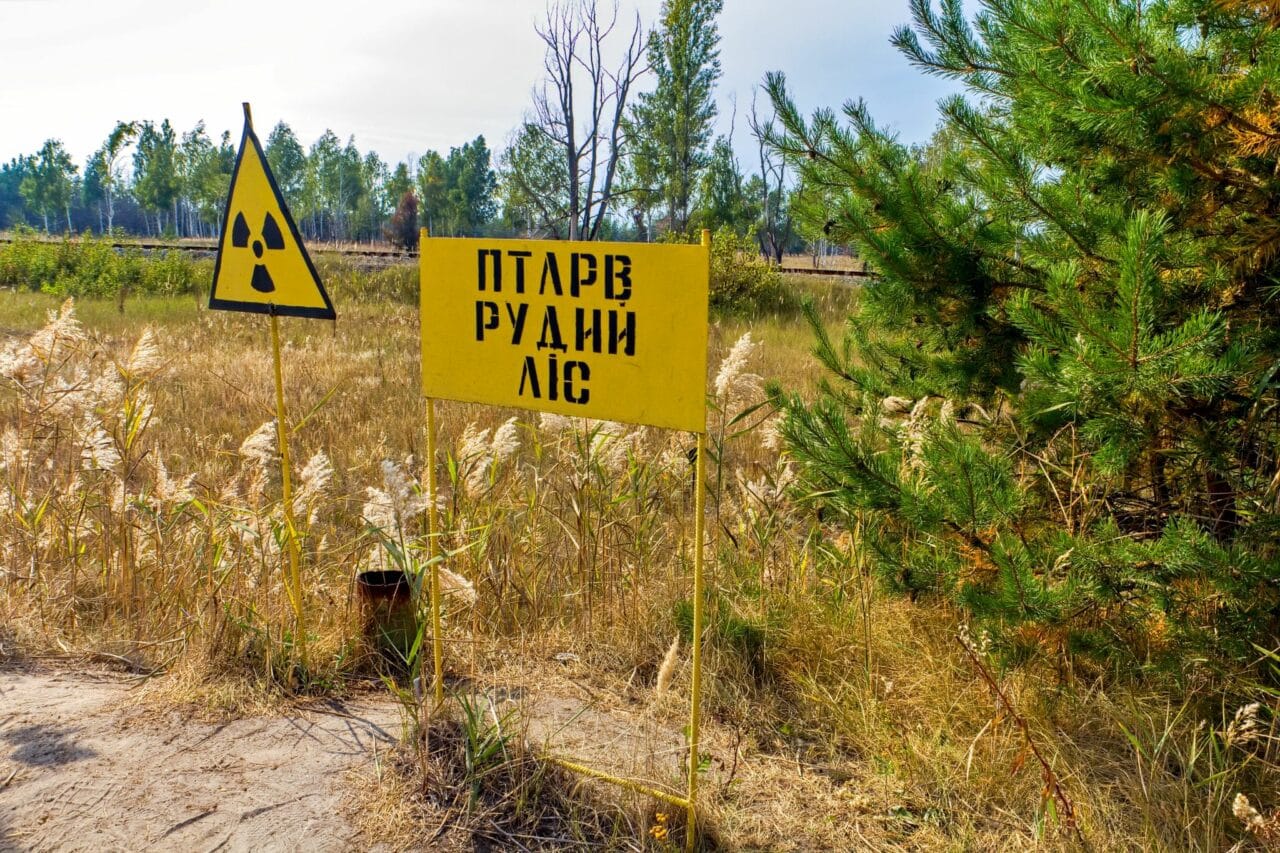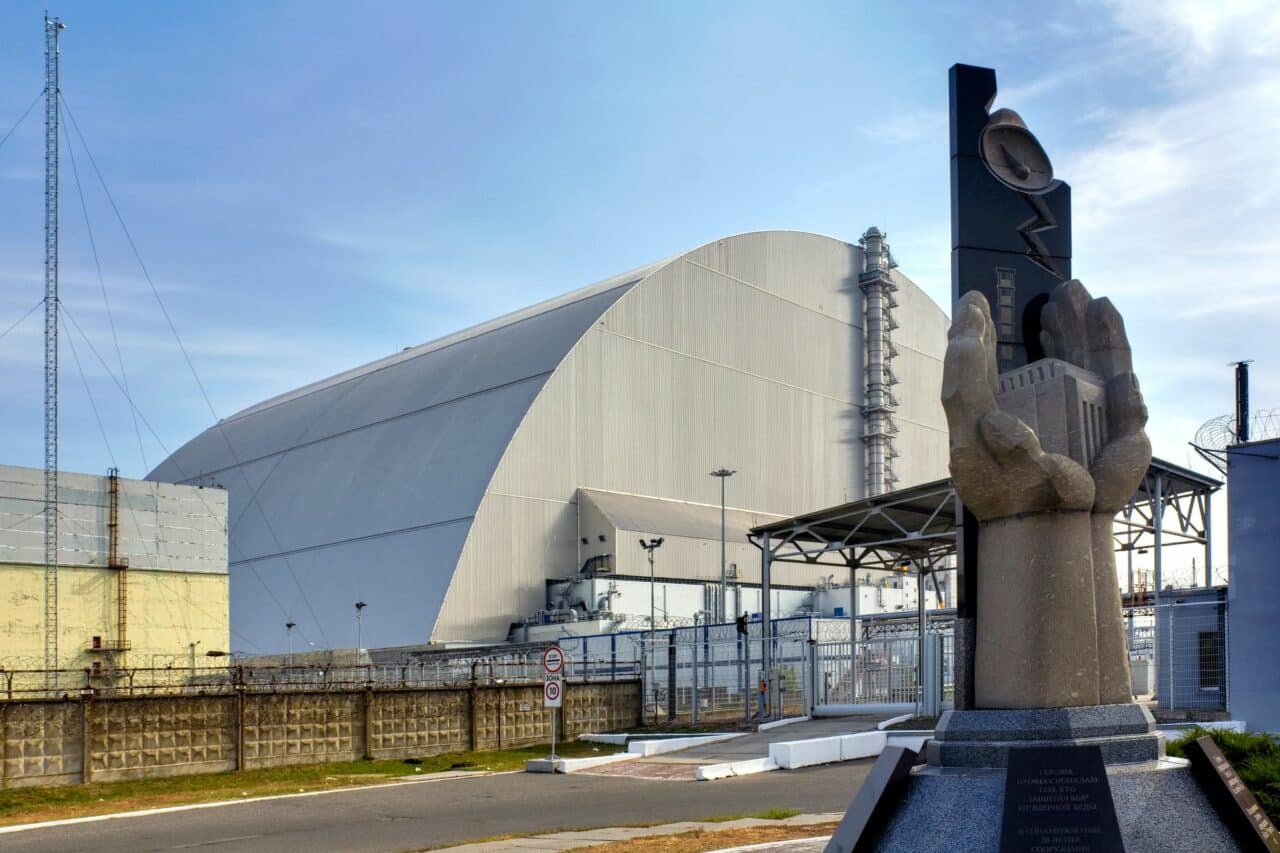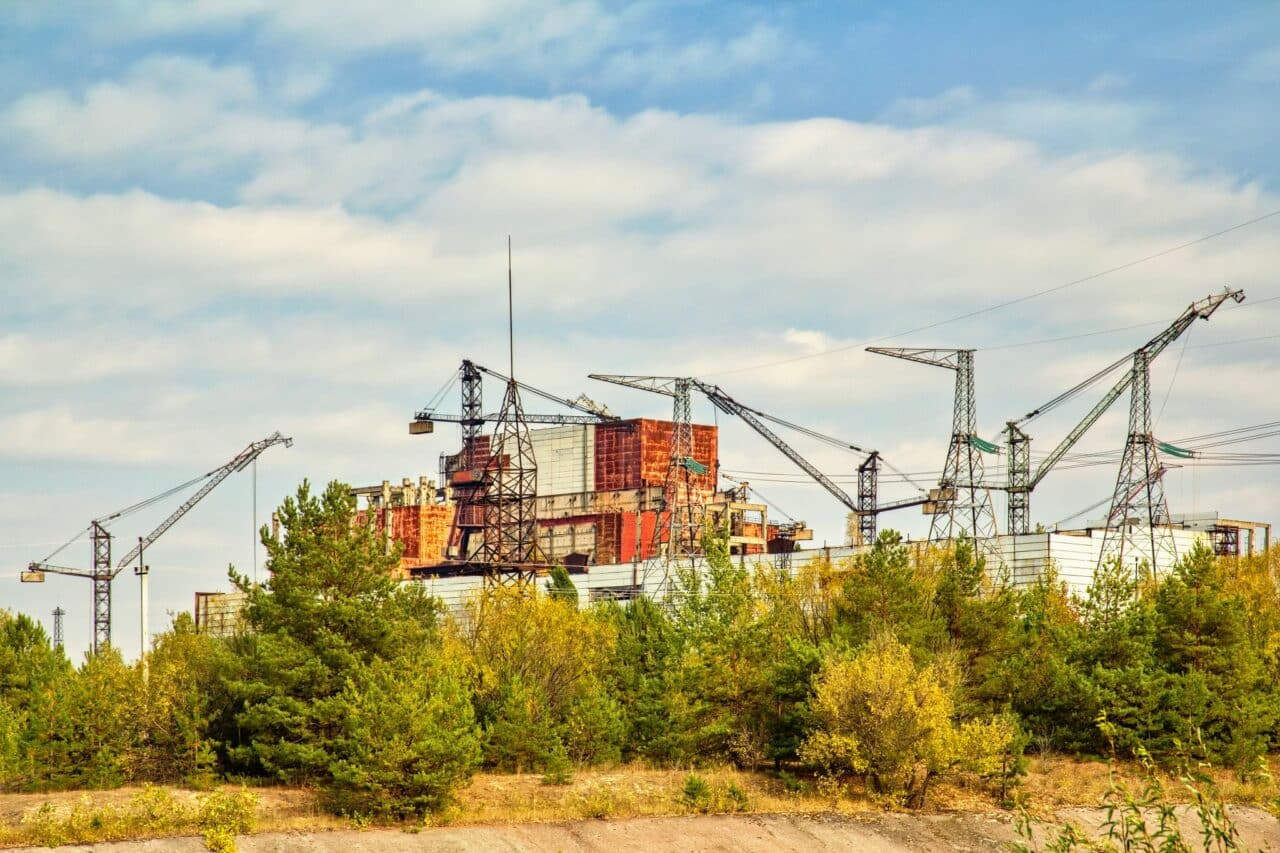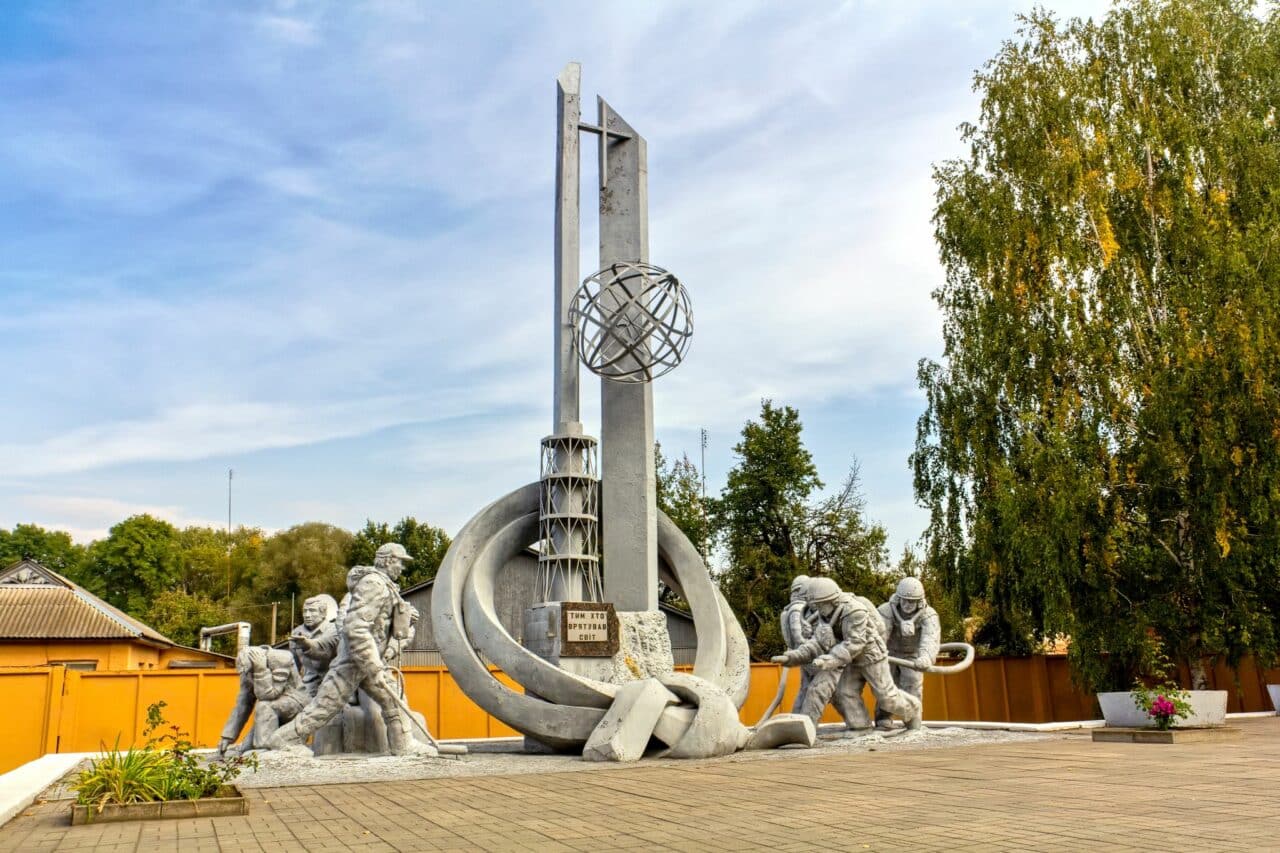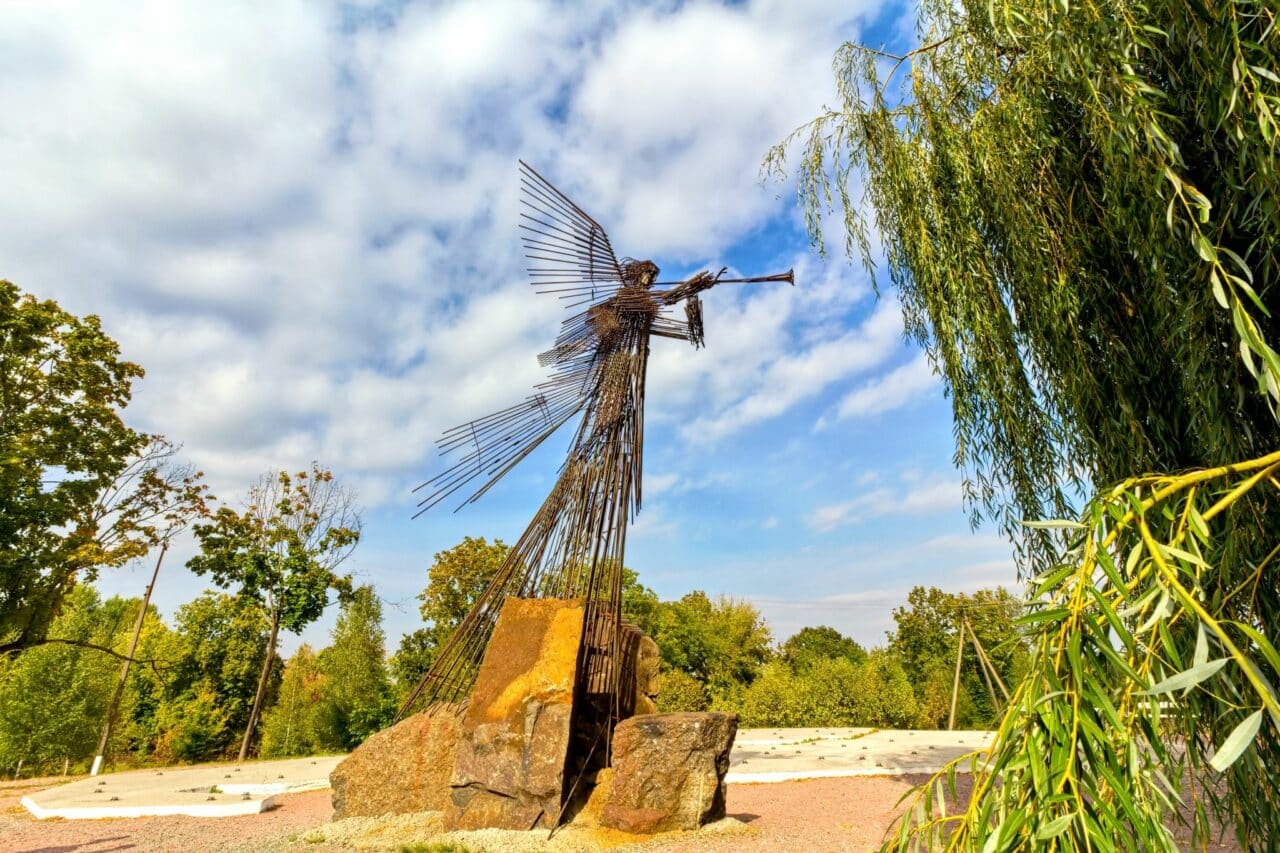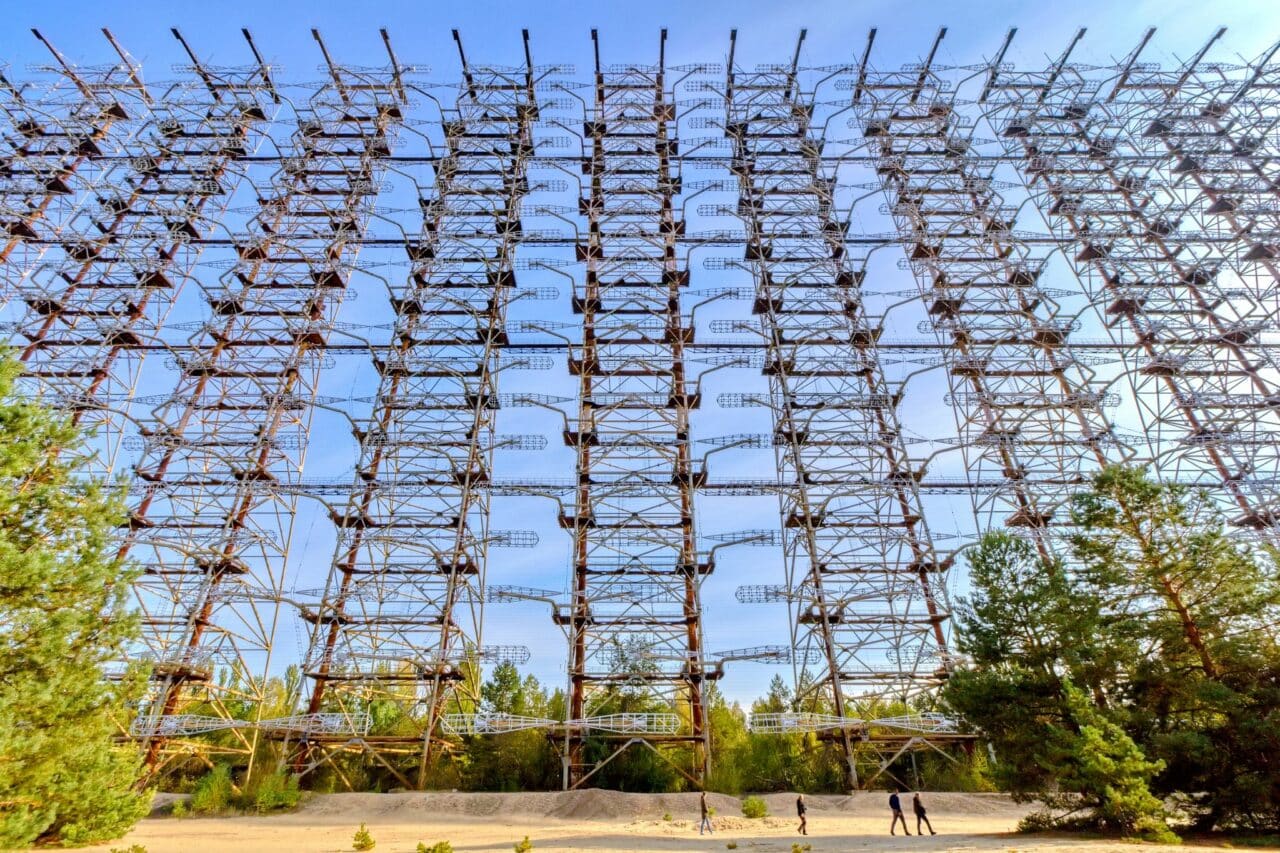Chernobyl: Photography in an Exclusion Zone

The Chernobyl Exclusion Zone is a chilling, yet fascinating place full of stories and visual contrasts. Today, the area destroyed by the nuclear power plant accident draws photographers from all over the world, especially Urbex photographers. In this article, we’ll take you to the most fascinating places around Chernobyl, including the Red Forest, the monumental Duga radar, and the Monument to Those Who Saved the World.
The abandoned city of Pripyat was built for the families of the Chernobyl nuclear power plant workers. But our journey wouldn’t be complete if we didn’t visit the immediate surroundings of the exclusion zone.
Red Forest and Bridge of Death
Not far from the power plant and the city of Pripyat, is a forest covered by a radioactive cloud after the accident. The radioactive fallout was so strong that it caused most of the forest to die and turn red, giving it the name Red Forest. The affected area is several dozens of square kilometers in size and entry is prohibited.
On the way from Pripyat to the Red Forest, you cross the Bridge of Death. It got its name because it had a perfect view of the power plant. For some time after the explosion, groups of people gathered here to observe what was happening in the burning power plant. Unfortunately, at that time, none of them knew what really happened or that the radioactive effects were not visible. Many of them paid the price with their health. Fortunately, the main radioactive cloud missed this bridge by about 500 meters.
Damaged reactor, covered by a concrete sarcophagus
The power plant itself is not abandoned. Though it was shut down in 2000, it could not be left unattended. The control rooms are accessible, but we only looked in from the gates.
From the gates, you can see the giant cover over the destroyed concrete sarcophagus that originally covered the damaged reactor. Industrial robots work underneath this cover to gradually dismantle the old sarcophagus and the remains of the fourth reactor.
Incomplete power plant
Not far from here, you can see the entire power plant complex. The fateful Unit 4 was not the last unit to generate electricity. Units 5 and 6, including the cooling towers, were left standing. However, they were never completed. There are construction cranes, which like the rest of the complex, are slowly falling into disrepair. They serve as a reminder of the grand plans of a political era.
Those Who Saved the World
I also visited the town of Chernobyl, where the plant’s employees and workers who run the exclusion zone are housed. The town also serves as a base for groups of visitors who have come to explore this uninhabitable place.
There is the Monument to Those Who Saved the World in Chernobyl. It commemorates the heroes who confronted an invisible enemy to prevent even worse consequences in the immediate aftermath of the accident.
A little further on, you can find another memorial site. It is a monument depicting the entire restricted zone and a park with 94 signs bearing the names of destroyed communities. The park also includes the Chernobyl Angel of Death. This statue symbolizes the devastation and sadness the accident caused, not only in the surrounding areas, but also around the world.
Russian Woodpecker, or Duga radar
Other interesting places can be found nearby, such as a cemetery of equipment used during the cleanup or abandoned and partially sunken boats and ships moored on the Pripyat River.
You can’t miss the giant steel structure of the Duga radar, also known as the “Russian Woodpecker,” only a few kilometers away. The radar was part of the missile defense system and was used to detect ballistic missiles. It got the name woodpecker from the flapping sound it emitted around the world via shortwave radio.
The radar was even more expensive than the power plant itself because it drew electricity directly from the plant. Because of its size, it was impossible to conceal. It is easily visible even from Pripyat. The official explanation to the residents of Pripyat was that it was a TV signal amplifier. Some people believed that the device was used for mind control, which lead to the spread of various conspiracy theories. Today, the Duga radar is a fascinating reminder of the Cold War.
In closing
Chernobyl, Pripyat, and the nearby surroundings are a symbol of destruction, but also a reminder of the dangers of nuclear energy. In spite of all the horrors that took place here, these places attract visitors with their quiet eloquence and tragic history. They are a magnet for photographers and adventurers alike. It was my pleasure to be your guide in and around Chernobyl.
Check out more photography from in and around Chernobyl
Footnote
During the recent military invasion of Ukraine, the Russian army used the exclusion zone around Chernobyl as a route to Kiev. They occupied the plant for several days, took some of the equipment, and held the staff hostage. The Russian soldiers also dug trenches in the Red Forest, which increased the radiation levels in the area several times over. Fortunately, the Russian army left the zone after a month without any major damage. However, the incident reminds us how important it is to be careful in this area, not only for our own sake, but also for the sake of the wildlife that thrives there.
